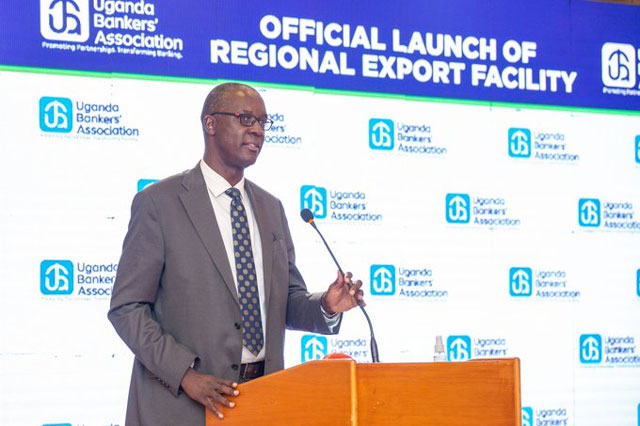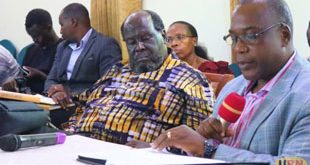
Kampala, Uganda | THE INDEPENDENT | The Bank of Uganda (BOU) has admitted that a package introduced to rescue small and micro enterprises from the effects of COVID-19, has hardly worked, almost one and a half years later.
According to information from the Bank, just six billion shillings has been disbursed since the launch of the 200 billion-shilling program in November 2021.
This, according to BOU is too little compared to the needs assessment that was done which revealed that thousands of small, micro and medium enterprises, MSME, were in need of help following the devastating effects of the lockdowns.
BOU Acting Governor, Michael Atingi-Ego says the participating financial institutions have not done enough to extend this soft-loan product to where it is needed, despite BOU easing conditions for the banks.
According to the government, the MSME business segment employs three million Ugandans and accounts for 90 percent of the private sector. These also account for about 70 percent of the economy. However, the main challenge is the inability to access formal financing due to lack of collateral acceptable to commercial banks. These were some of the reasons that the government decided to establish the SBRF.
Wilbrod Owor, the Uganda Bankers Association Executive Director, told a meeting between banks and the regulator over the performance of the packages, that the banks cannot prove lack of demand for the loans. He gave an example of the various agencies outside the banking industry, that are lending to, for example, farmers even at higher interest rates, meaning that the need is there.
He noted that there were issues during the height of the pandemic which could have made implementation difficult, but despite the change in the environment, uptake has not increased, according to Owor.
Following initial reports of low uptake of both the small businesses rescue fund and the agriculture credit facility, the bankers raised some challenges including risk, the small amounts of loan requests and the limited use of the fund by the borrowers as per the terms and conditions.
Some amendments to the terms were made, including increasing the eligibility of the borrower from having a minimum of five to a minimum of two employees. The loan amounts were also increased from 100 million to 200 million shillings, while the turnover of the beneficially enterprise was also raise from 30 million to 300 million shillings as a minimum.
Another critical amendment was allowing the borrowed money to be used to pay off the non-performing loans that the enterprises had. However, these are not to bear the required outcome, according to Winnie Muliisa, in charge of the two facilities at BOU.
She says instead, that while some banks have refused to apply to participate, those that are implementing the programs prefer to front their own bank products and the government rescue packages are not marketed, according to the survey.
Some of the reasons the bankers gave included the 0.5 percent ‘facilities fees’ charged on the borrowers, asking that this should be increased to between 0.7 to 1 percent. They also asked that the banks contribution to the pool of funds be reduced to 30 percent from the current 50 percent, so that the government contributes 70 percent.
These and some other suggestions forwarded by the bank executives were described as not workable as they could instead keep away borrowers. The Executive Director for Finance at BOU Richard Byarugaba said while some of the suggestions can be discussed further, there are some that cannot stand.
*****
URN
 The Independent Uganda: You get the Truth we Pay the Price
The Independent Uganda: You get the Truth we Pay the Price


